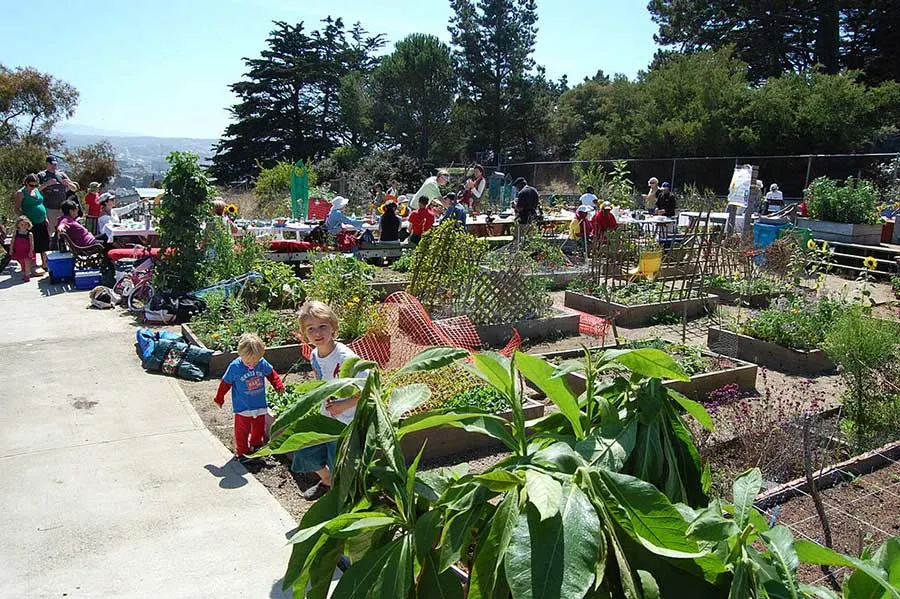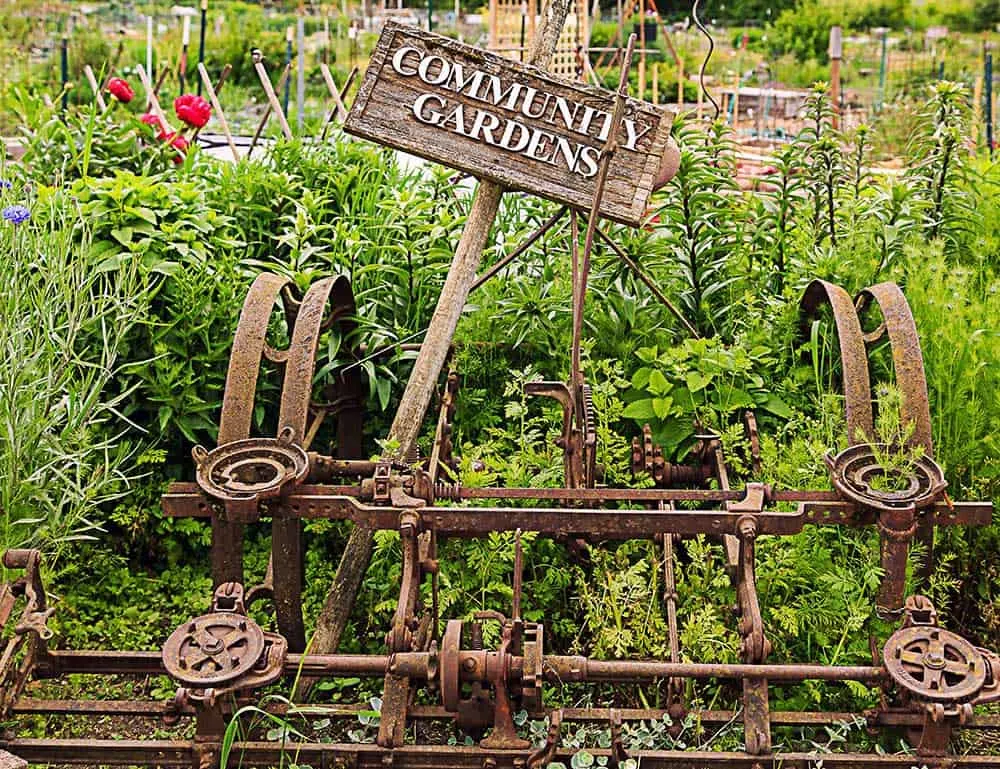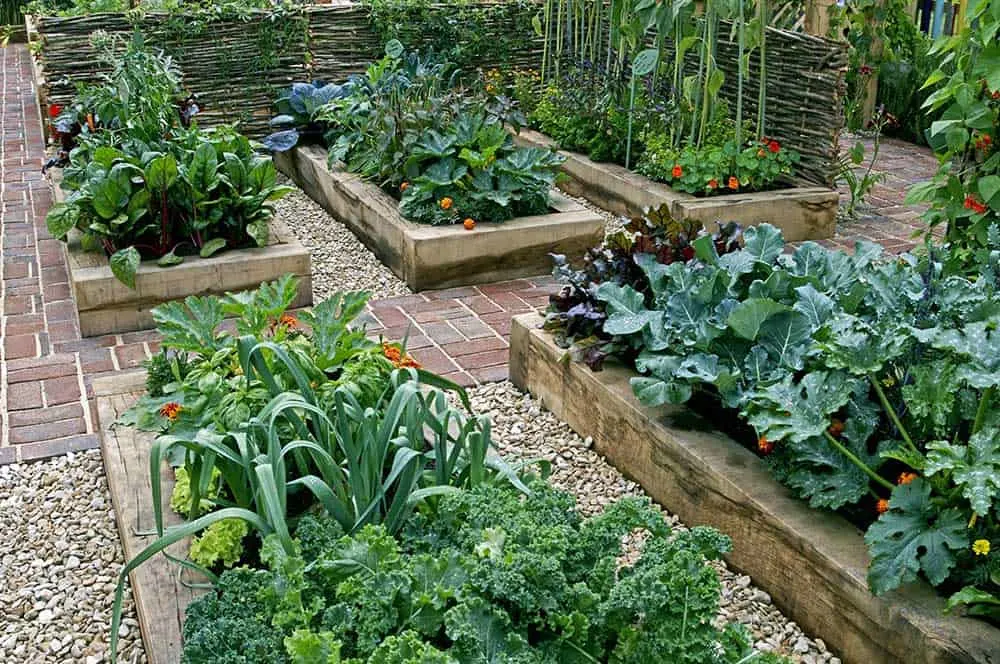Looking for a new place to start a garden? How about that empty lot down the street?
Recently San Francisco officials created a new Urban Agriculture Incentive Zone. This allows a property owner to get a property tax break by allowing their land to be used for educational and agricultural uses. A 5,000sf lot was converted into a community garden which is full of vegetables and fruit trees.
This urban community garden’s produce is now donated to local food banks and neighbors. The garden is also a living workshop for local schools to show the advantages of gardening.

Kevin Krejci from Near the Pacific Ocean, DSA, CC BY 2.0, Wikimedia Commons
How do you set up the proper zoning for a community garden?
Local government leaders are in a unique position to promote healthy eating and active living in their communities by supporting community gardens. Community gardens are places where neighbors and residents can gather to cultivate plants, vegetables, and fruits and, depending on local laws, keep bees and raise chickens or other livestock and poultry.
Community gardens can improve nutrition, physical activity, community engagement, safety, and economic vitality for a neighborhood and its residents and provide environmental benefits to the community at large. To get one started in your area contact your local government officials.

Maeva/Adobe Stock
Another great place for information is the American Community Gardening Association. There you will find an abundance of advocacy information on how to get started and a guide on things to include in a community garden ordinance.
There is also a search page to help you find a garden that may already be in your area. I was able to find 9 within 20 miles of my home in Rancho Cucamonga, California. If you start a community garden you can add yours to their database.

Gardens by Design/Shutterstock
The advantages of community gardens are many. You can also look into having area restaurants sponsor your venture, and the added benefit to them is fresh fruits and vegetables grown as close as across the street.
Look for empty lots that have been vacant for some time and contact the landowner about using the space for gardening. If they have not developed the property, chances are they wont. If you get the zoning done correctly, they may even be offered a sizable property tax credit, which is a win win for all concerned.
